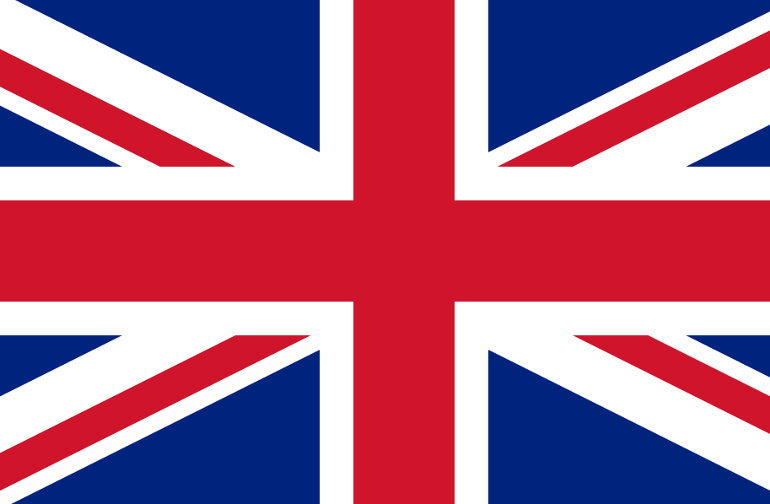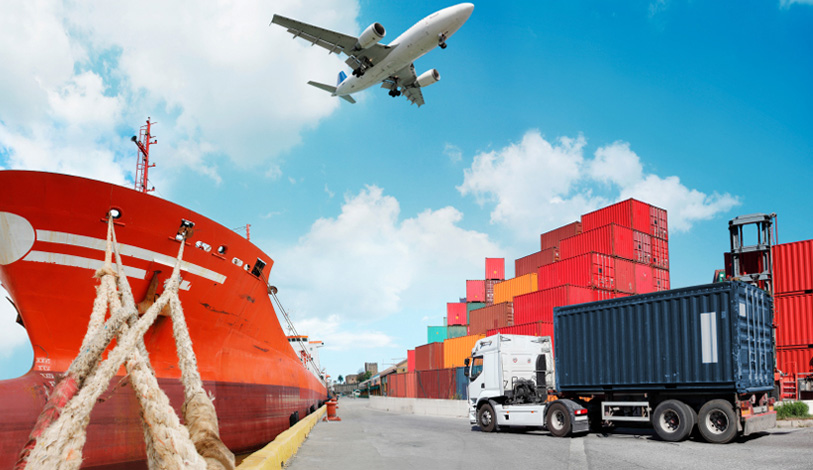-
Method of water transport (Waterways):Waterway transportation includes:Ocean shippingInland water transport (Inland water trasport).Ocean shipping is the transport of goods within or between countries by sea.Sea transport was born earlier than other modes of transportation. Right from the 5th century BC, people took advantage of the sea to make traffic routes to exchange regions, regions and countries with each other. So far, sea transport has been strongly developed and become a modern shipping industry in the international transportation system.Sea freight is suitable for bulky, perishable, low value goods (construction materials, coal, rubber, etc.) and bulk cargoes (coffee, rice), on medium routes. And long, does not require fast delivery time.Mode of road transport (roadways):As the most popular mode of transport today, goods are transported by different types of road vehicles.Of the two main land transport vehicles, cars and railroads, cars were transported earlier than those transported by train. Road systems in automobile transport may be affected by previously built roads.Transport by road suitable for transporting small volumes of goods, short and medium distances, perishable goods and goods that require fast delivery speed. Road transport is mainly for domestic transport, while for international freight, road transport is very limited.Railways (Railways):Railways are operated by locomotives and freight cars in flatcars or boxcars.Rail transport was a modern mode of transport, appearing in the early 19th century (the first steam locomotive was built in 1804). Currently more than 120 countries use railways with a total length of over 2 million km. Some countries have large railway lengths like the US (348,000 km), Russia (136,000 km), Canada (70,851 km), India (62,545 km), etc.Rail transport is suitable for all kinds of heavy luongje goods, large shipping volumes and long distances. For example, raw materials such as coal, wood, chemicals and low-value consumer goods such as paper, rice, food and the weight of the whole car.Air transportation method (Airways):Air transport uses different types of aircraft to transport goods to the destination.Air transport is a modern transport industry. At the end of the 19th century and the beginning of the 20th century, air transport began to develop and thanks to the advances of science and technology, the aviation transport industry was rapidly developing. Before that, the aviation industry was mainly for passenger transportation; today, air transport has been widely used in transporting goods within domestic as well as internationally.Air freight is suitable for high-value cargo transportation, requiring expedited shipping. Not suitable for transporting low value, bulk and bulky goods.Method of transport by pipeline (Pipeline Transport):The pipeline has very high fixed costs and the lowest variable sea costs. This is a safe route to transport liquids and liquefied gases (gasoline, oil, gas, chemicals). Operating costs are negligible and there are almost no losses on the road, except in the case of broken pipes or leaks.Up to now, pipeline transportation has been very limited due to the large initial cost and complicated design (pipeline construction, pumping stations, control and control stations). The average speed of this vehicle is quite slow, about 5-7 km / h but in return is the ability to transport continuously 24h / 365 days a year and is not affected by the weather.The mode of transport by pipeline is quite specific, only suitable for special types of goods such as liquefied gas, oil, … for special objects such as multinational companies, or multinational companies, or big State company.




